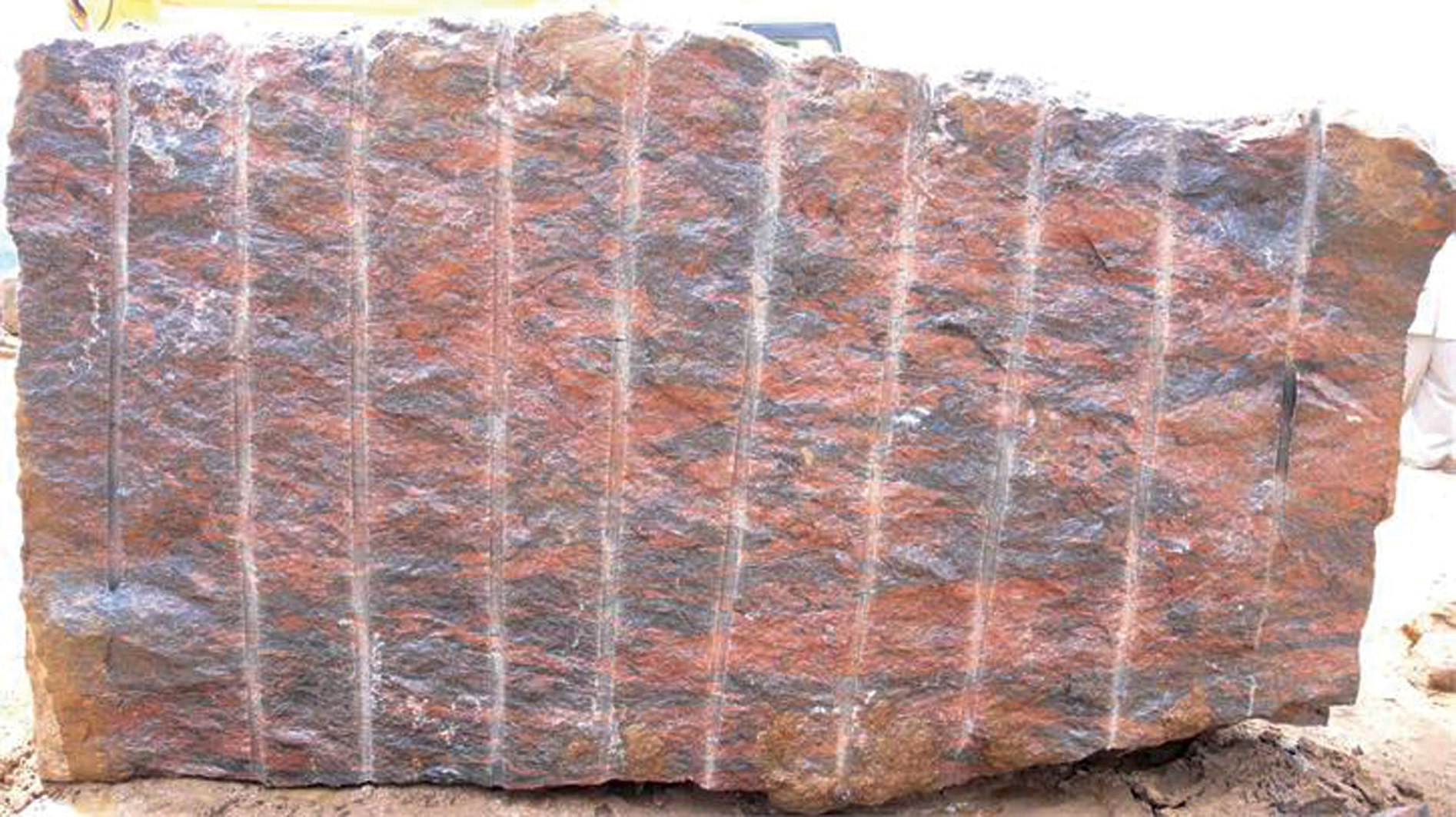Revealing the Mysteries of Granite Quarrying: Where Toughness and Elegance Meet
The world of granite quarrying is a realm where the raw toughness of nature converges with human creativity to develop structures that stand the test of time with an air of style. From the depths of quarries to the meticulous sprucing up in workshops, the procedure of transforming granite right into architectural marvels is a complicated dancing of custom and development. As we peer right into the depths of this old craft, we start to uncover the concealed intricacies that form the extremely essence of our constructed environment.
The Beginnings of Granite Quarrying
In the record of architectural background, the beginnings of granite quarrying are shrouded in a tapestry of ancient craftsmanship and geological marvels. Going back to old Egypt and Mesopotamia, the removal of granite from quarries marked the beginning of a trip that would at some point bring about the creation of a few of the globe's most legendary structures.
Granite quarrying's roots can be traced to the competent craftsmens who recognized the stone's sturdiness and visual allure. Via a mix of primitive devices and large resolution, these early quarry workers unearthed granite blocks that would end up being the foundation of people.
As civilizations evolved, so did the techniques of quarrying granite. The Romans, renowned for their engineering expertise, created advanced methods for drawing out granite to build monoliths, temples, and roads that stood the test of time.
The legacy of these ancient quarrying methods proceeds to shape contemporary style, with granite continuing to be a sign of stamina and beauty in building jobs around the globe. (granite quarries in south africa)
Devices of the Quarrying Trade
The evolution of granite quarrying techniques from old human beings to modern-day times highlights the essential duty played by the devices of the quarrying trade in shaping the sector's techniques. In old times, quarrying devices were primary, frequently containing blades, hammers, and wedges made from products like bronze or iron. These tools called for considerable manpower and time to remove granite obstructs from quarries.

In addition, the intro of pneumatic tools and high-powered machinery has substantially lowered the physical labor called for in quarrying operations, enhancing worker security and efficiency. As the quarrying industry remains to innovate, the tools of the trade stay at the leading edge of driving progression and forming the future of granite extraction.
Drawing Out Blocks of Granite
Making use of precision equipment and advanced strategies, the extraction of granite blocks from quarries has actually become an innovative process in the modern quarrying market. Controlled blowing up techniques are after that employed to damage apart the granite into convenient areas.

Polishing and Ending Up Strategies
To attain a perfect surface on granite blocks, skilled craftsmens utilize a series of thorough polishing and finishing strategies. After the preliminary extraction and forming processes, the granite obstructs go through a comprehensive sprucing up phase to boost their natural elegance and longevity. One typical approach utilized in brightening granite is ruby abrasion, where industrial rubies are used to grind and brighten the stone to over at this website a smooth coating. This process not just creates a glossy surface yet likewise guarantees harmony in color and appearance across the granite block.
Along with polishing, ending up techniques are related to further improve the granite's appearance. These strategies might include flaming, honing, or brushing, each offering special textures and surfaces to suit different visual choices. Flaming, as an example, entails exposing the granite surface area to high temperatures to produce a harsh, distinctive finish, suitable for helpful hints exterior applications where slip-resistance is important. Refining, on the various other hand, supplies a matte surface that is smooth to the touch, excellent for interior counter tops and flooring. By meticulously selecting and applying these polishing and finishing techniques, artisans can transform raw granite blocks into splendid items that showcase both strength and elegance.

Environmental Effect and Sustainability
With the growing focus on environmental consciousness in the sector, granite quarrying methods are progressively scrutinized for their influence on natural resources and long-lasting sustainability. Quarrying for granite can have considerable environmental effects. The extraction process usually entails the use of heavy equipment, nitroglycerins, and large quantities of water, causing habitat damage, dirt erosion, and water air pollution. Furthermore, the transport of granite from quarries to processing centers generates carbon discharges, further adding to ecological degradation. granite quarries in south africa.
To mitigate these effects and make sure sustainability in granite quarrying, sector stakeholders are taking on various steps. Carrying out innovative technologies to reduce energy consumption and water use, redeeming quarried land for ecological remediation, and promoting accountable sourcing practices are some techniques being utilized. Moreover, accreditations such as the Woodland Stewardship Council (FSC) and the Leadership in Energy and Environmental Style (LEED) assistance consumers identify ecologically friendly granite products.
Conclusion
In conclusion, granite quarrying is a procedure that needs specialized tools and techniques to remove blocks of granite and brighten them to a high level of coating. While the ecological effect of quarrying can be significant, initiatives are being made to enhance sustainability practices in the sector. Generally, granite quarrying is a delicate equilibrium between utilizing the toughness and beauty of this natural rock while lessening its effect on the atmosphere.